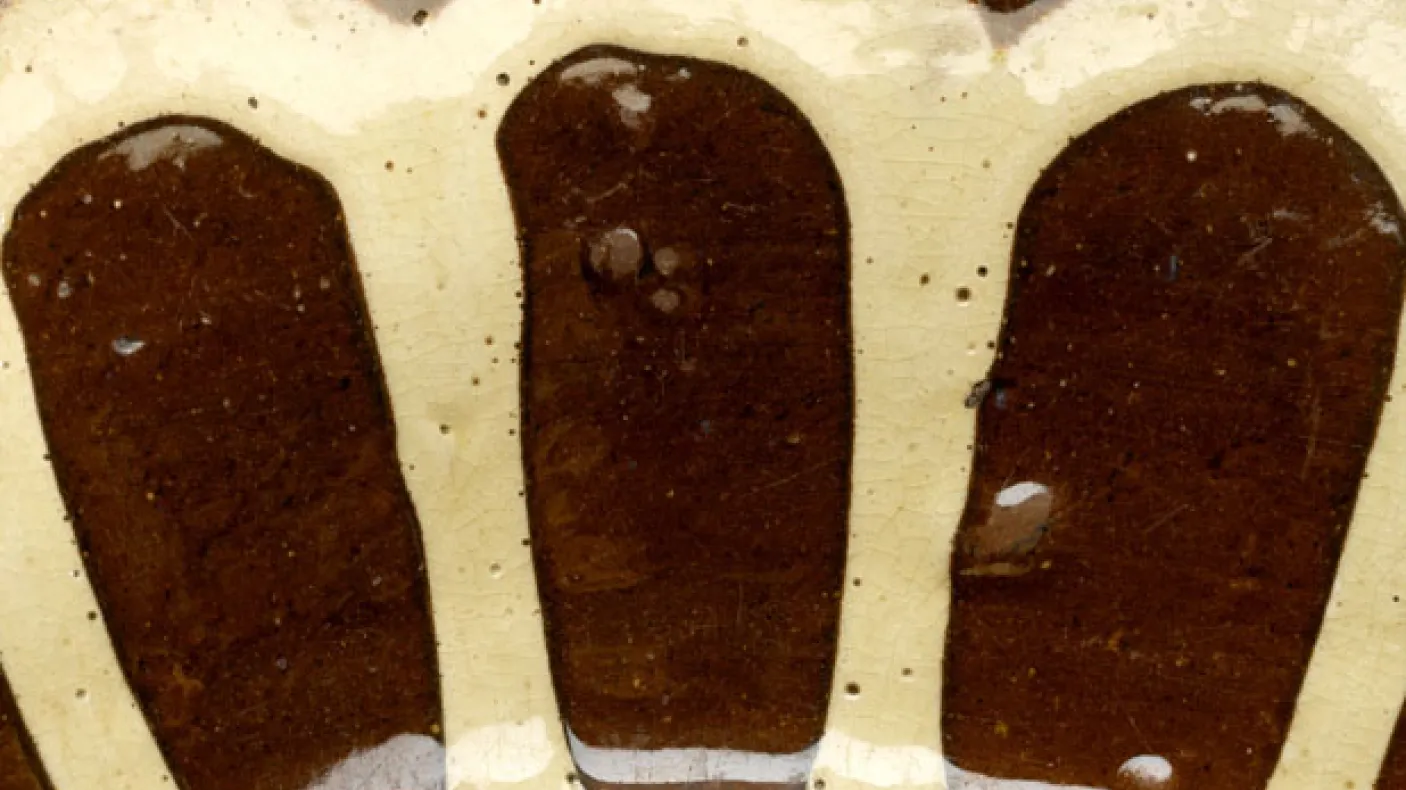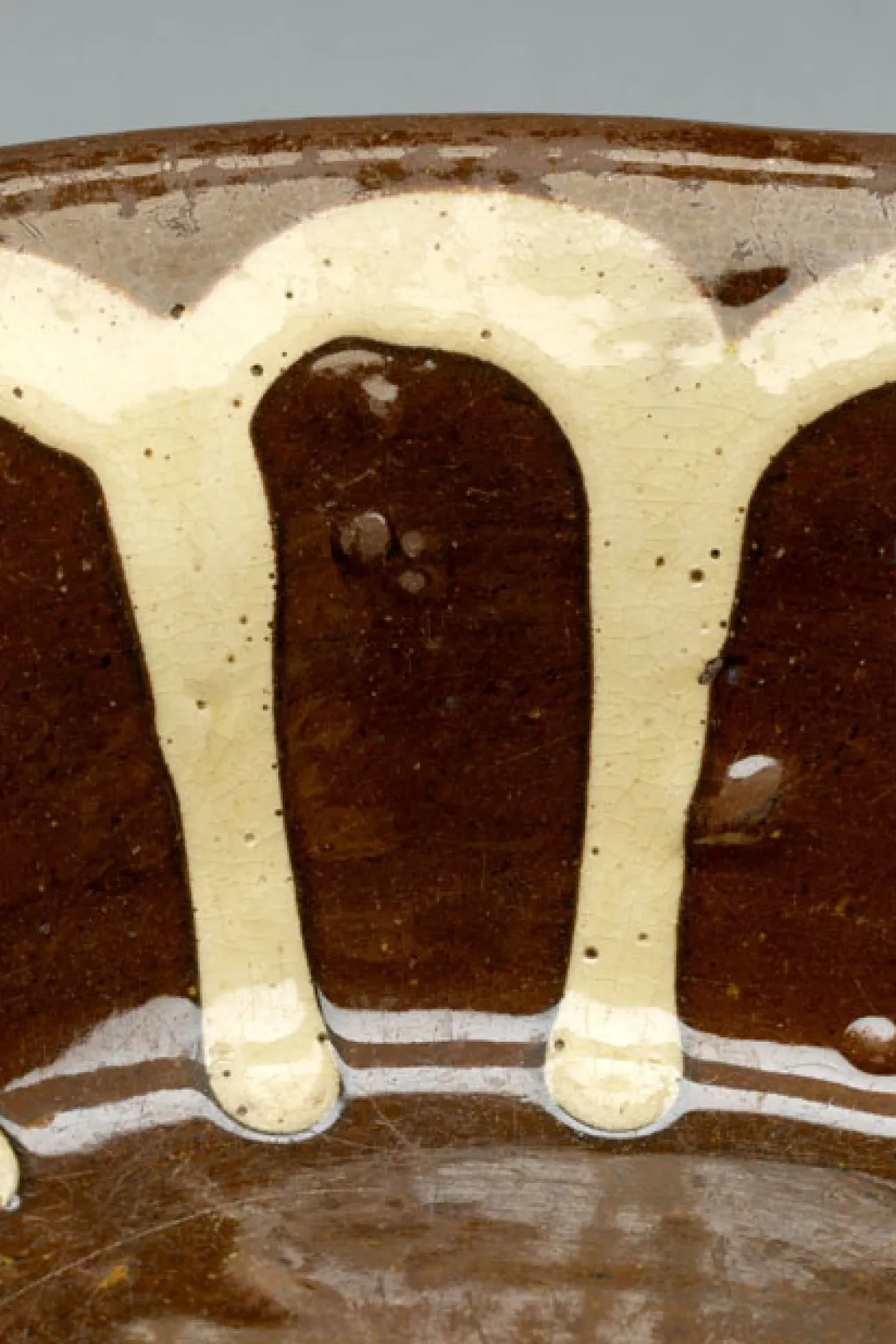Canada 150 - Prince Edward Island - red pottery
Published
Categories
Author
Blog Post
One of my favorite things to think about when studying craft objects is the way in which they can teach us about the place where they were made, in both sociocultural and environmental aspects. Most often craft objects are examined from the sociocultural perspective, but the environmental perspective is important. Crafts are objects made in places, with natural resources. The story of some craft objects can teach us a great deal about the natural world and how human beings use the products of the natural world.
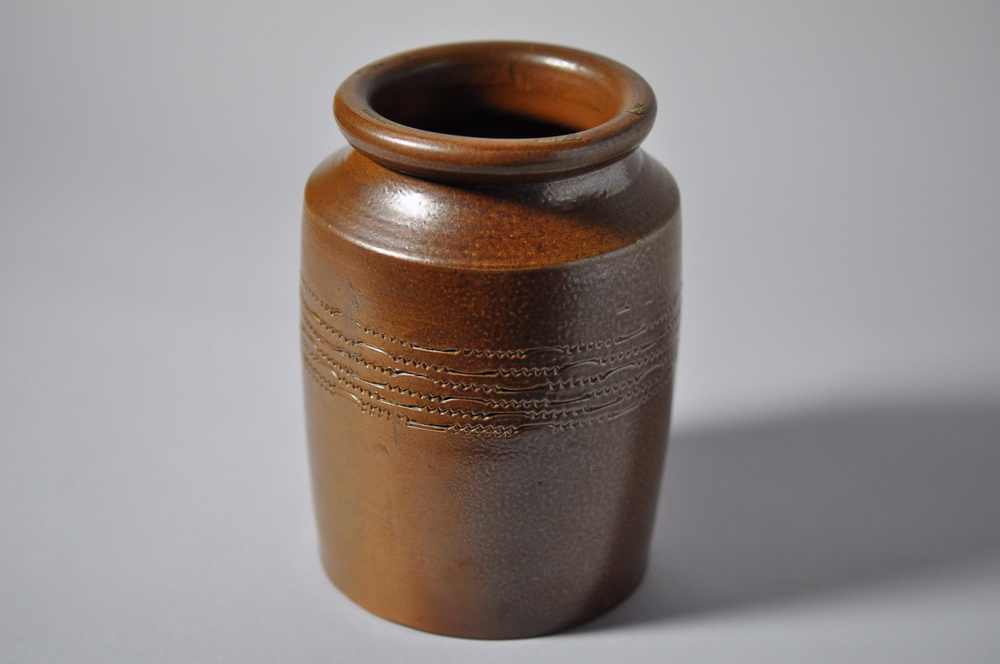
The collection of pottery at the Royal Ontario Museum that is known to be from Prince Edward Island is some of this type of craft. There are ceramic vessels known to be from the island, as well as vessels made by the Prince Edward Island Pottery company, which operated in the 1880s. The pieces are sturdy bowls, jugs and jars, typical of earthenware production of the era. All vessels show minimal decoration, and some of the forms reference styles of pottery developed in Britain, which points toward the predominant cultural and geographic background of island settlers at the time. The most striking thing about the set of pottery to me, though, is the deep red colour. Prince Edward Island is, of course, well known for its red sand and soil, caused by an abundance of iron oxide in the sedimentary bedrock.
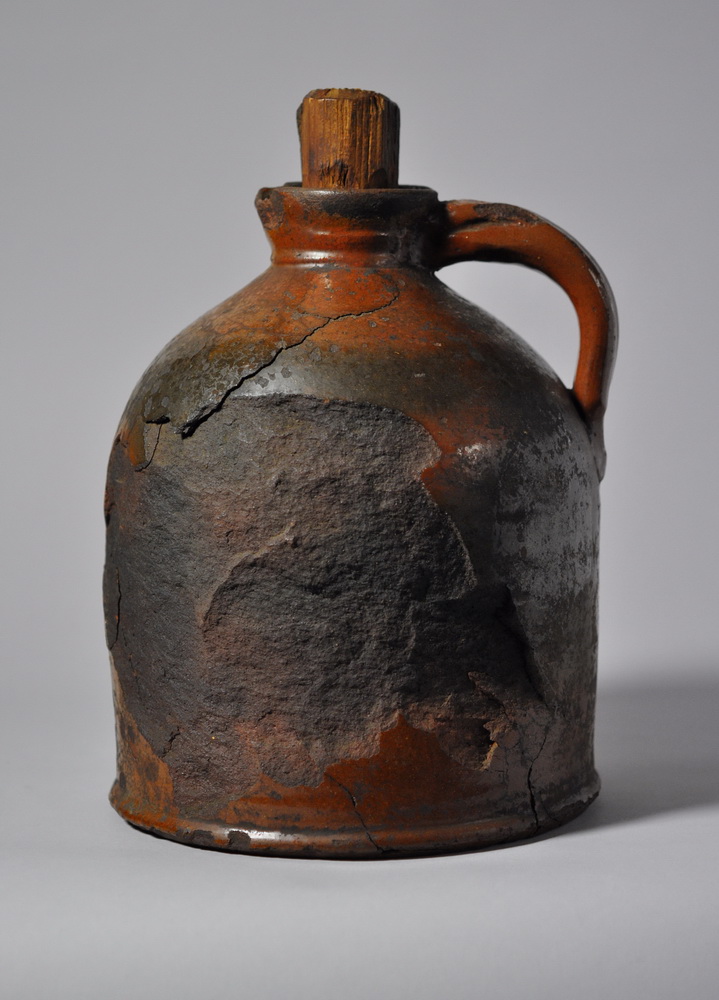
One of the best sources of information about the Prince Edward Island Pottery company is the ROM’s own Donald Webster. Webster was a curator at the ROM who conducted considerable field archaeology in Canada, including the only excavation of the Prince Edward Island Pottery. One of his articles, describing the history of the pottery, is available through the Material Culture Review, here.
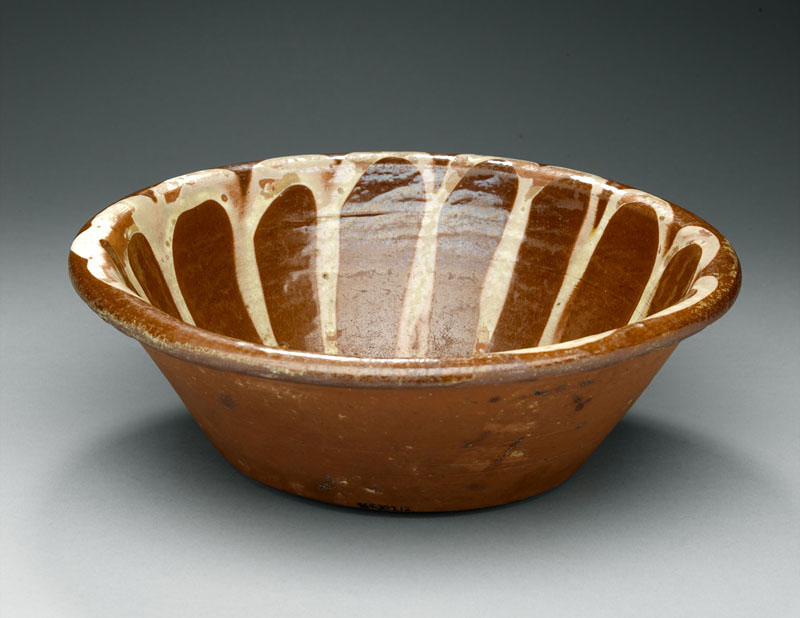
The company started in 1880 and while it was active, produced a wide array of forms, especially considering its location, relatively small market for sales, and the availability of imported ceramics at competitive prices. Oswold Hornsby was the primary potter leading the company for the bulk of its active life. He had immigrated from Britain, but developed his practice largely in Prince Edward Island. He eventually passed the company on to his son, who operated it for a brief time before it folded in 1898 and the buildings were demolished. Webster notes that most of the clay used by the company was locally dug and processed onsite.
The pottery’s story, a local industry that felt pressure from outside imports, resonates in contemporary times surprisingly well, as we struggle to find a balance between supply and demand and resource use in the global economy.
